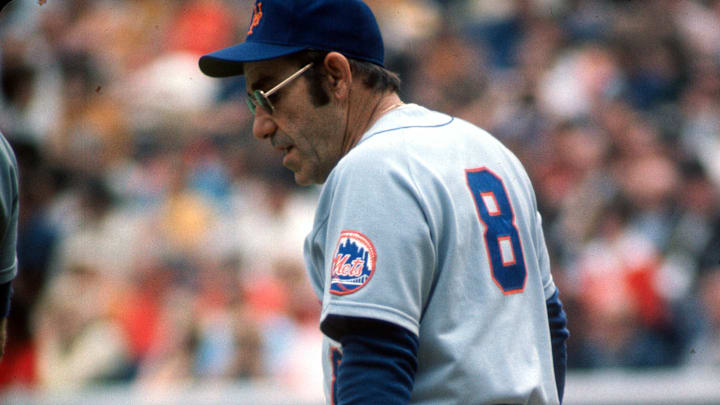Shortstop Shawon Dunston
Shawon Dunston was one of the most talented baseball players you would ever see. He was the first selection of the 1982 draft by the Chicago Cubs out of Thomas Jefferson High School in New York.
Dunston could hit. He could hit with power. He had great speed. And he had a great arm…a GREAT arm. He was one of those guys who you would love to watch.
Eventually, he would team with Ryne Sandberg to be one of the most potent second base-shortstop combinations in the National League…although Sandberg would tend to put up the better numbers and garner the majority of the attention. And rightfully so. Because as special as Dunston was, Sandberg was even more special.
By the time the Mets had gotten Dunston, he had already been traded from the Cubs to the Pittsburgh Pirates. And that would make you wonder right there…trading someone with that kind of talent to a division rival? Apparently the Cubs had had enough of whatever was going on with him that prevented him from fully reaching his potential. He was already 34 years old and had spent 12 seasons at Wrigley. And he also ended up making stops in Cleveland and San Francisco.
But the Mets needed some depth during their playoff run in 1999 and took a flyer on the then 36=year-old Dunston. He would spend more time as an outfielder and made his way into 42 games.
He was not adept at outfield play, and what was worse, when he made appearances at shortstop, he looked lost. He had no range, couldn’t get to a lot of balls, and, although his arm strength was still there, it was erratic. You didn’t want to sit behind first base. Yes, he hit 344 in only 93 at bats…but he was clearly done.
